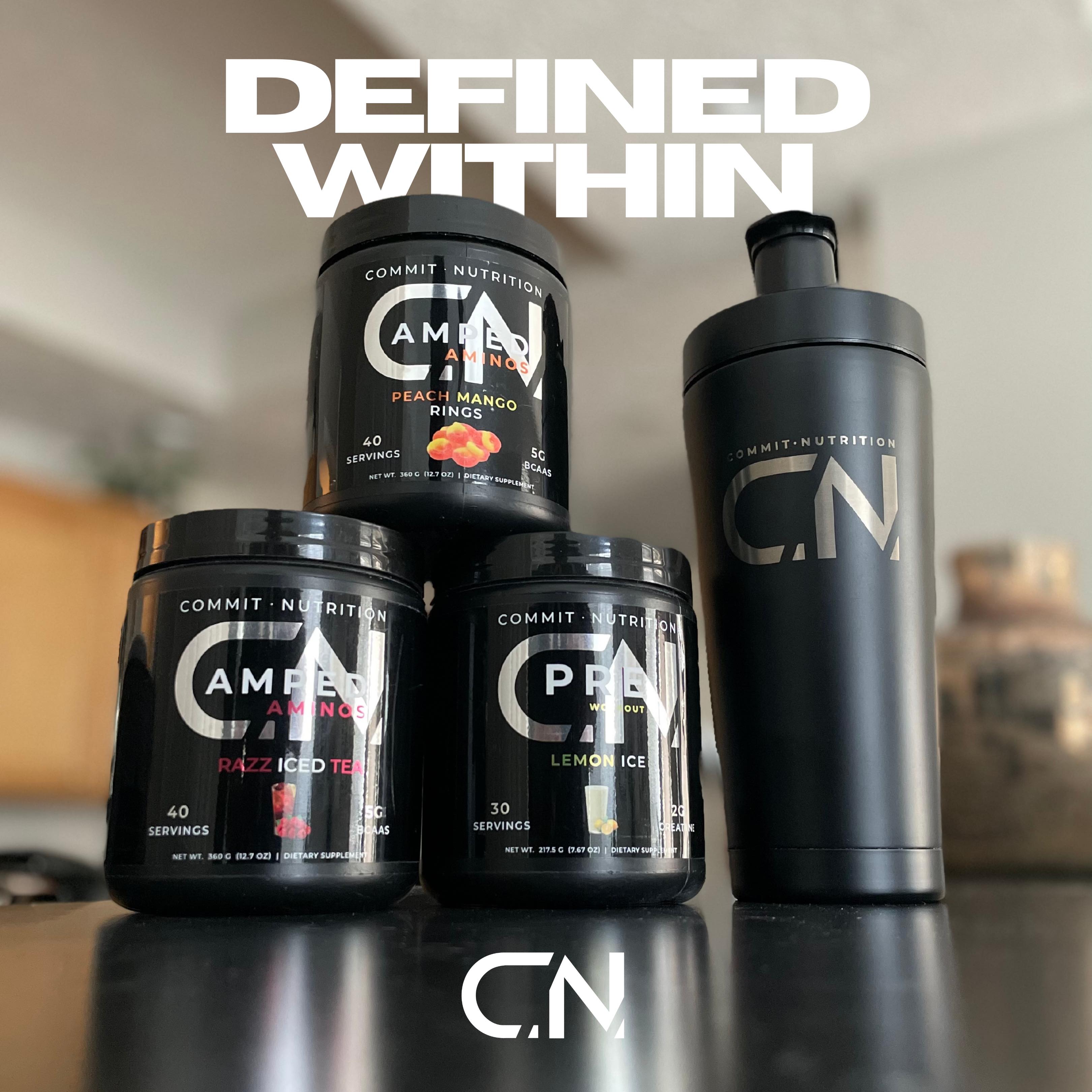CALCULATE YOUR CALORIC NEEDS
Your body needs energy to carry out daily activities. This energy comes from the foods we eat. These foods are measured in units of calories. The following calculator is to be used for maintenance, weight loss or muscle gain.
Let's calculate your macros now for free, by using the link below:

UNDERSTANDING CALORIC NEEDS
Not every individual is the same, caloric intake varies by each person.
To accurately determine your daily calorie amount above, enter your current weight, age, height, and gender into the calculator. Be honest, some people overestimate their true activity level.
In order to maintain or lose weight, the calculator results will show how many calories you should consume. The meaning of maintenance is the same as what others call Total Daily Energy Expenditure (TDEE). You would need to re-calculate based on your new weight when you lose weight.
Science tells us that 1 pound of fat equals 3500 calories, so 1 pound per week of fat loss should result in a daily calorie deficit of 500.
Consider requesting a MACRO based meal plan to bring a steady routine to eating and the BEST results.
Let's calculate your macros now for free, by using the link below:

WEIGHT LOSS PLATEAU/ MINIMUM DAILY CALORIE INTAKE
Continuously dropping calories only further decreases the metabolism-the moment you return to ‘usual’ eating-the weight returns. In other words, you will eventually plateau. Now the amount of food consumption that once contributed to weight loss can only help maintain your current weight.
Setting absolute bottom calorie levels is challenging, since everybody has different levels of body composition and activity. Everybody fits into variations of the body categories; Mesomorph, Endomorph, Ectomorph. This just creates a bottom-line standard to begin weight loss or gain. MACRO based plans help distribute the nutrients most appropriate for your body type.
TRY NOT TO CUT THE CONSUMPTION OF CALORIES BY MORE THAN 500 CALORIES UNDER MAINTENANCE.
Doing so will trigger a reaction of the body to store as if it is starving, which can lead to fat storage rather than burning it. Try lowering the calories steadily. A sudden drop will cause your metabolism to slow down (such as 500 calories or more). Research reveals that faster eaters are heavier individuals, learn to eat slower. This can bring satiety (fullness).
What happens when calories are too low?
- Muscle mass is broken down for energy (catabolism).
- Metabolic rate will begin to drop (typically) after 3 days of very low calories – this is related to, and compounded by the loss of muscle
- With very low calories you risk less energy, nutritional deficiencies, fatigue, and
If you unexpectedly revert to your previous eating habits, you are entirely set up for a fat rebound.

Below is a chart of common foods and their average caloric value.
CALORIES IN COMMON FRUITS
|
FOOD |
SIZE |
CALORES |
|
Apple |
1 small |
80 |
|
Banana |
1 medium |
101 |
|
Orange |
1 |
71 |
|
Strawberry |
1 cup |
53 |
CALORIES IN COMMON FOODS
|
FOOD |
SIZE |
CALORES |
|
Bread |
1 slice |
75 |
|
Beef |
1 slice |
120 |
|
Egg |
large |
79 |
|
Pizza |
1 slice |
180 |
|
Hamburger |
1 |
280 |
CALORIES IN COMMON VEGETABLES
|
FOOD |
SIZE |
CALORES |
|
Broccoli |
1 cup |
40 |
|
Carrots |
1 cup |
45 |
|
Eggplant |
1 cup |
38 |
|
Lettuce |
1 cup |
7 |
CALORIES IN COMMON BEVERAGES
|
FOOD |
SIZE |
CALORES |
|
Coca-Cola |
1cup |
97 |
|
Diet Coke |
1 cup |
3 |
|
Milk, low-fat |
1 cup |
104 |
|
Milk |
1 cup |
150 |
|
Orange Juice |
1 cup |
115 |
Let's calculate your macros now for free, by using the link below:
FREE MACRO CALCULATOR






